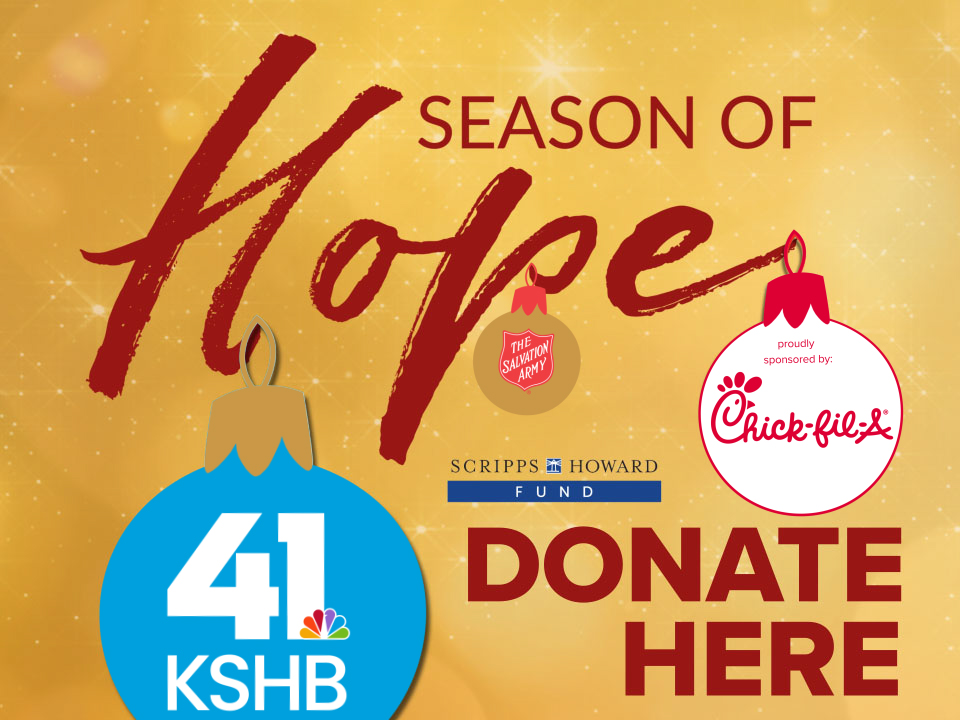KANSAS CITY, Mo. — A self-inflicted, accidental shooting Saturday night involving a boy under 5 years old has gun safety advocates vocal about the need for change.
“I’m horrified, I’m sad, and I’m really mad,” said Judy Sherry, the founder and president of Grandparents for Gun Safety. “There really is no reason on Earth that a 5-year-old child should have access to a loaded gun; there’s just none.”
KSHB spoke with Judy Sherry in April and May about the same topic of gun violence and young children.
“If it has to take 12 interviews or 10 years, I guess that's what we have to do,” Sherry said. “[I want] for people to hear this enough that they want to say, 'We’re tired of people talking to us, we’re going to keep our guns safe.’”
Sherry says we’re not talking about accidental shootings enough.
“Homicide rates are down, so we know that it's the accidents," Sherry said. "And the accidents are from people who haven't been trained."
It’s true that homicide rates are lower this year than they were this time last year, but Sherry says that doesn’t mean we should let our guard down about other forms of violence.
“Too many people have access to guns with not a lot of knowledge or care about them,” Sherry said.
Not LaTasha Jacobs.
When she's not leading the second part of her 'double life' working in the financial realm, she’s working as a certified conceal and carry instructor in both Missouri and Kansas.

Jacobs initially became certified after wanting to ensure her own safety, but that journey wasn’t the most validating.

“I would go to the gun range but not see any familiar faces, such as Black individuals in general or Black women,” Jacobs said.
So, she took it upon herself to be the helping hand she wishes she had by training members of her community — the 3rd district — how to use guns safely.
So far, she’s trained over 200 families.

“[I want] to continue to educate our community — the urban core — who is most affected by gun violence but the least educated,” Jacobs said. “A lot of people just have a laser focus on the firearm or the tool itself. The violence we are seeing in the Kansas City community goes well beyond the firearm; it is mental health, lack of resources.”
From her experience in this field and teaching people about situational awareness, Jacobs says she’s noticed something lacking from the community’s approach to gun safety.
“Transparency,” Jacobs said. “A lot of families don't understand the impact and why it's important to just get a better understanding or get trained until something like that happens.”
She’s done it for her own children, but says change can’t occur until others do the same.
“A lot of it for me is just having those conversations that are very uncomfortable, no one really wants to have them, but unfortunately, in our community, we have to, and we have to have them a lot earlier than what we were used to,” Jacobs said.
Jacobs and Sherry both used the same analogy to express why youth cannot be expected to take care of themselves.
“I remember growing up, you know my parents would say, ‘There's a gun in the house, don't touch it, don't do anything,’” Jacobs said. “But of course, until we touch that stove and see that it's hot, we're going to be curious about it.”
And while transparency is a good starting place, Jacobs says, Sherry adds that it also falls on adults, parents, grandparents or any guardian to take personal responsibility for the children they have.
“Everybody has to be a responsible gun owner,” Sherry said. “You just lock it up or put it in a safe, you have to. It's that simple.”
As of Monday night, KCPD says the boy is still in critical condition.
—





